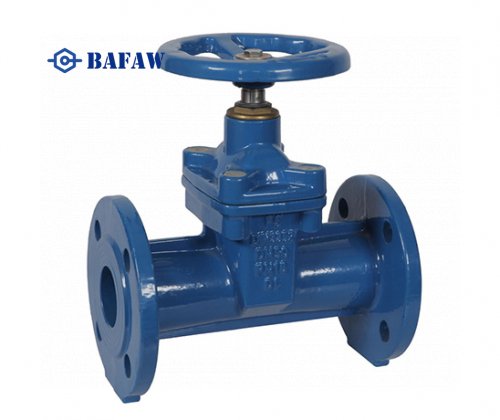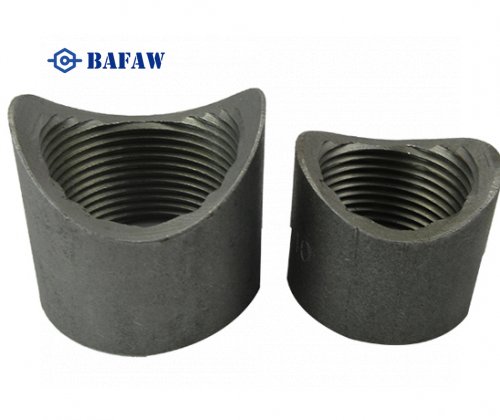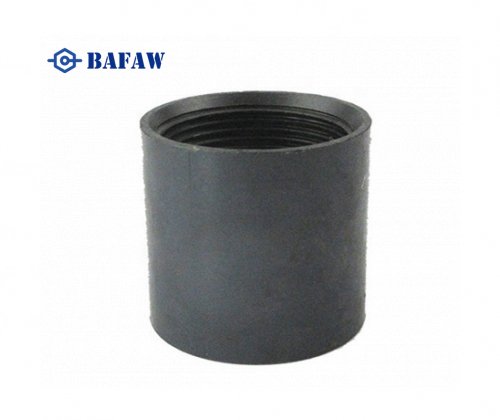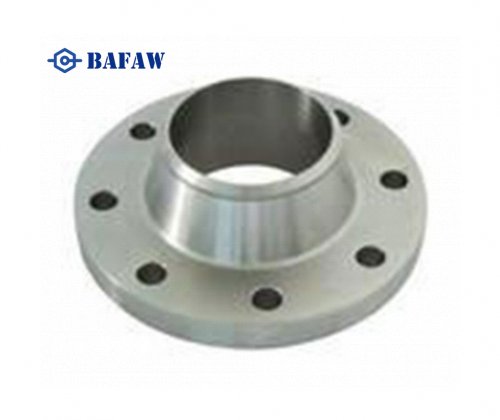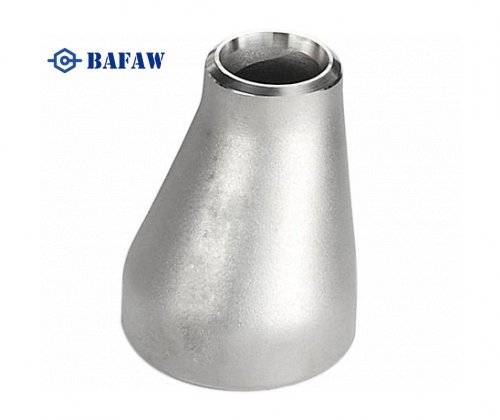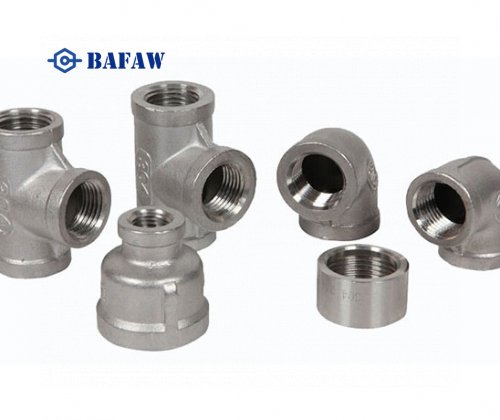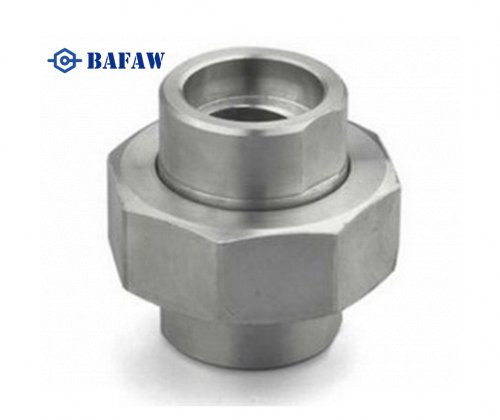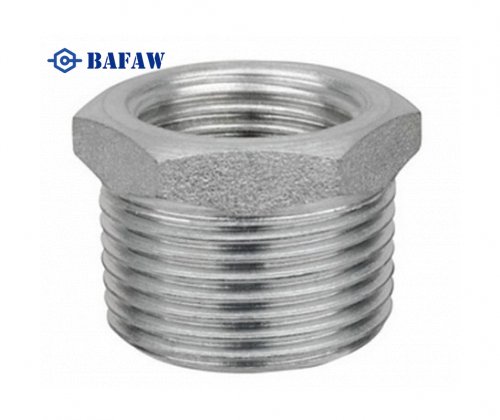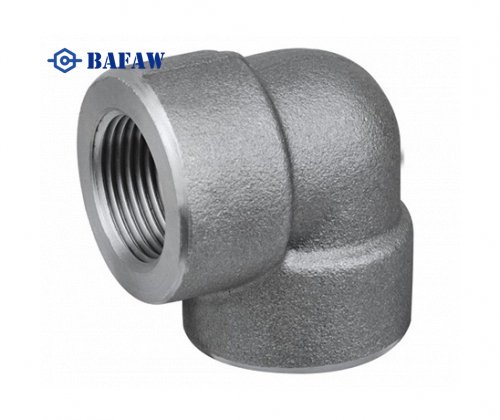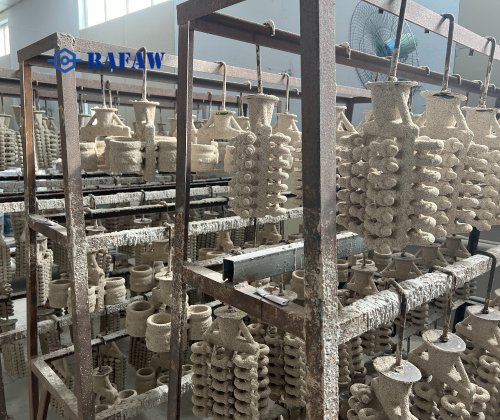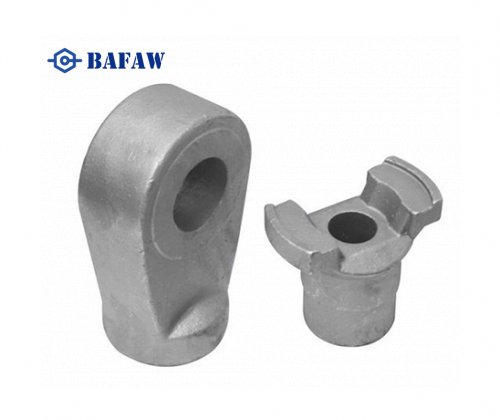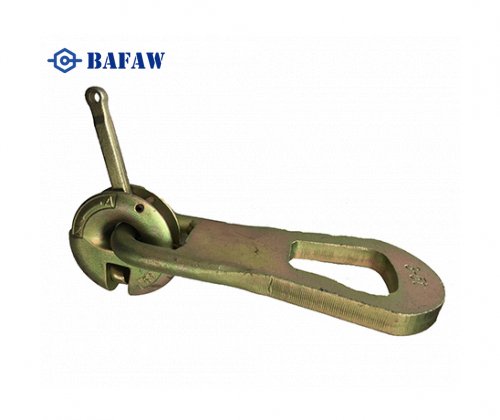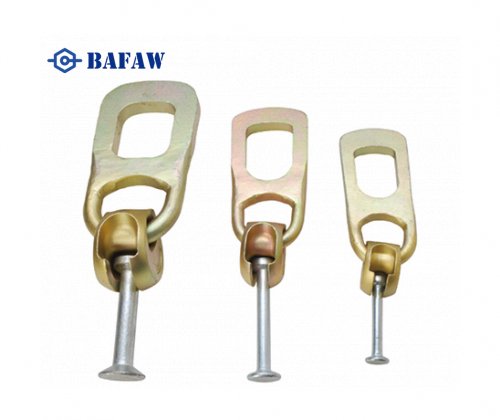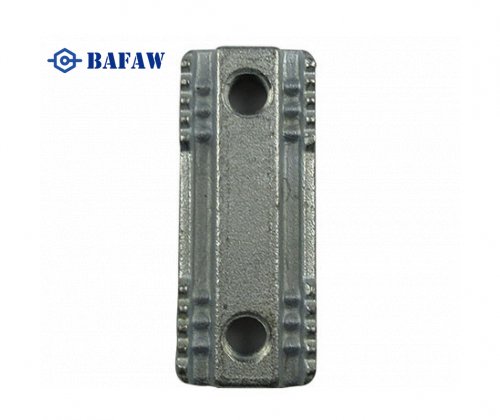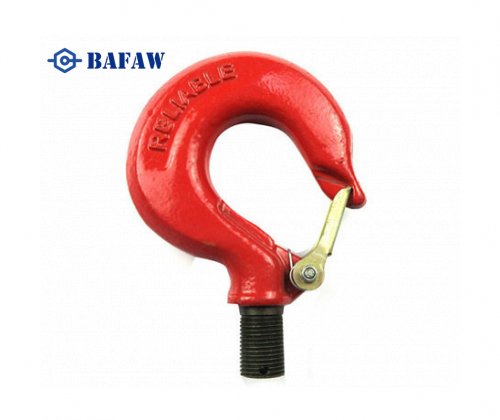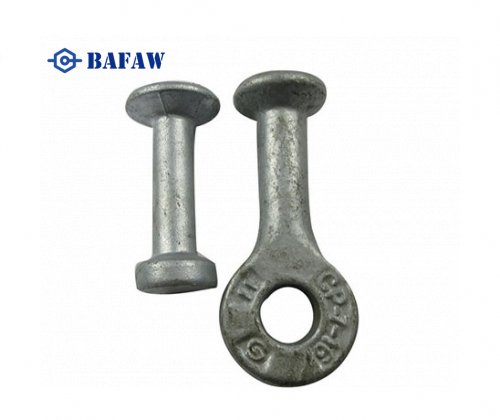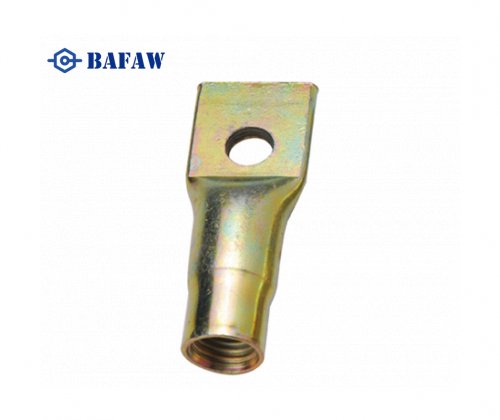Piping flanges are essential components in various industries, serving as connection points for piping systems and facilitating ease of assembly and disassembly. Understanding the different types of flanges, their appearances, applications, and advantages is crucial for selecting the right flange for specific piping requirements.
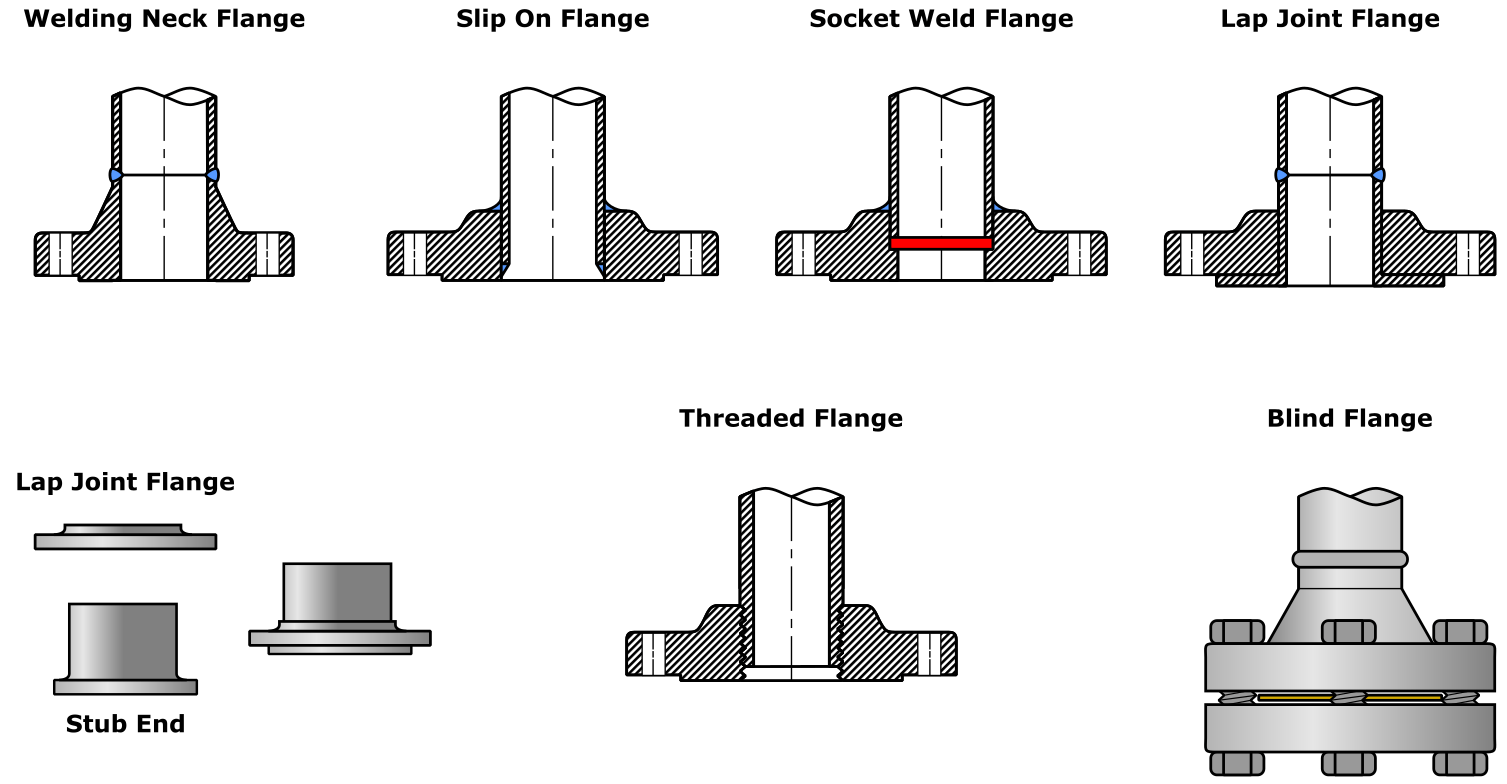
Welding Neck Flange
Welding neck flanges feature a long, tapered hub, which transitions gradually into the wall thickness from the pipe to the flange. They also have a raised face or ring joint face for enhanced sealing capabilities. Their long-tapered hub provides reinforcement and support to the piping system, making them suitable for extreme conditions. Welding neck flanges are commonly used in high-pressure and high-temperature applications, such as in the oil and gas industry and petrochemical plants, where system integrity is critical.
Slip-on Flange
Slip-on flanges have a bore slightly larger than the outer diameter of the matching pipe, allowing for easy slip-on installation. They feature a raised face for improved alignment and sealing. Their simplicity of installation and lower cost make slip-on flanges suitable for less demanding applications. Slip-on flanges are widely used in low-pressure and non-critical applications, including water supply systems, fire protection, and general industrial processes.
Socket Weld Flange
Socket weld flanges have a recessed area to hold the pipe, allowing for the insertion of the pipe into the flange for welding. They typically feature a raised face for optimal sealing. Socket weld flanges are commonly employed in small-diameter, high-pressure piping systems, such as in chemical processing and power generation plants.
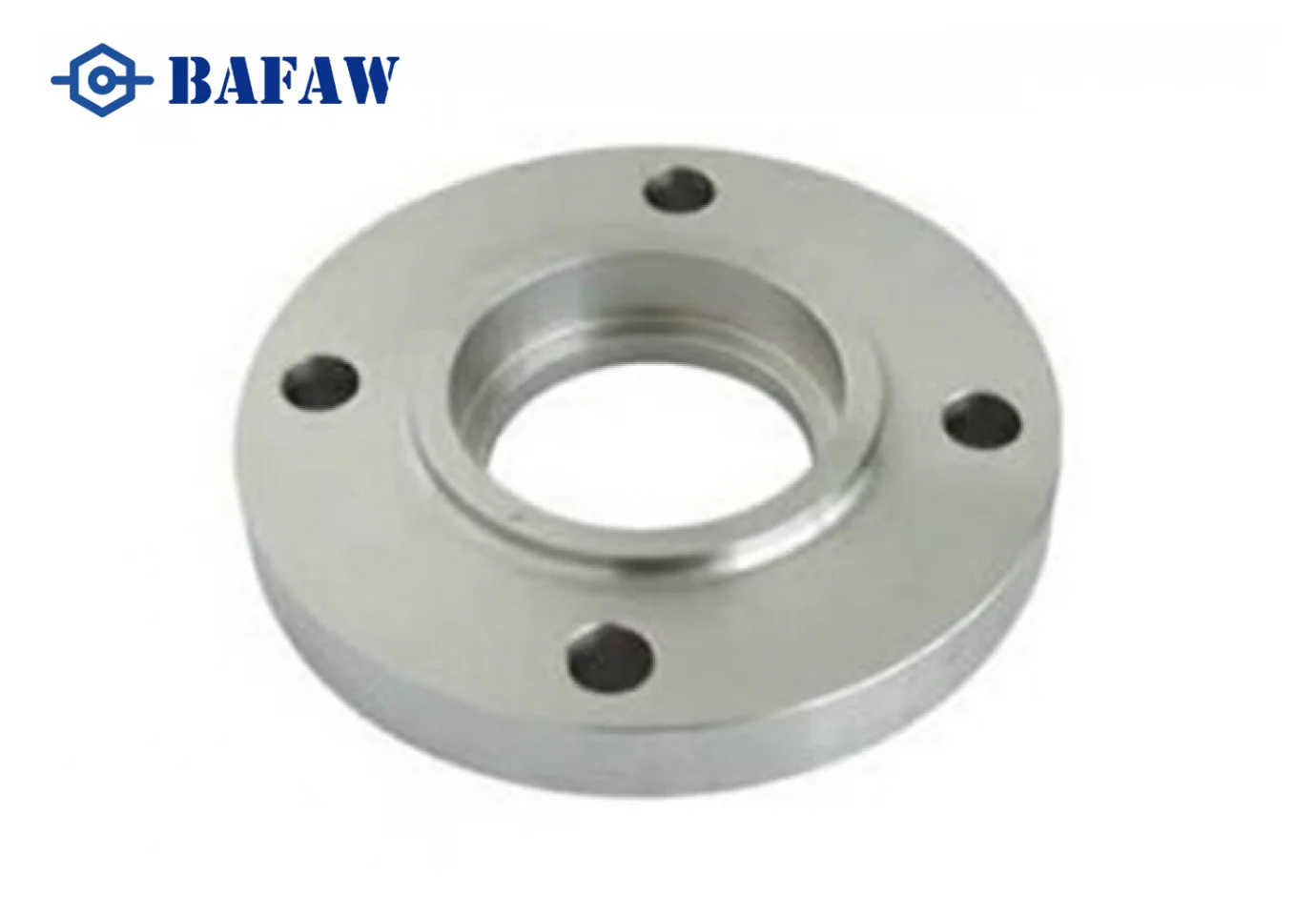
Lap Joint Flange
Lap joint flanges have a flat face and a raised back or lap, enabling easy rotation and alignment during installation. They are often used in systems requiring frequent maintenance and inspection. Lap joint flanges find applications in piping systems where easy disassembly and reassembly are necessary, such as in water treatment plants and industrial processes.
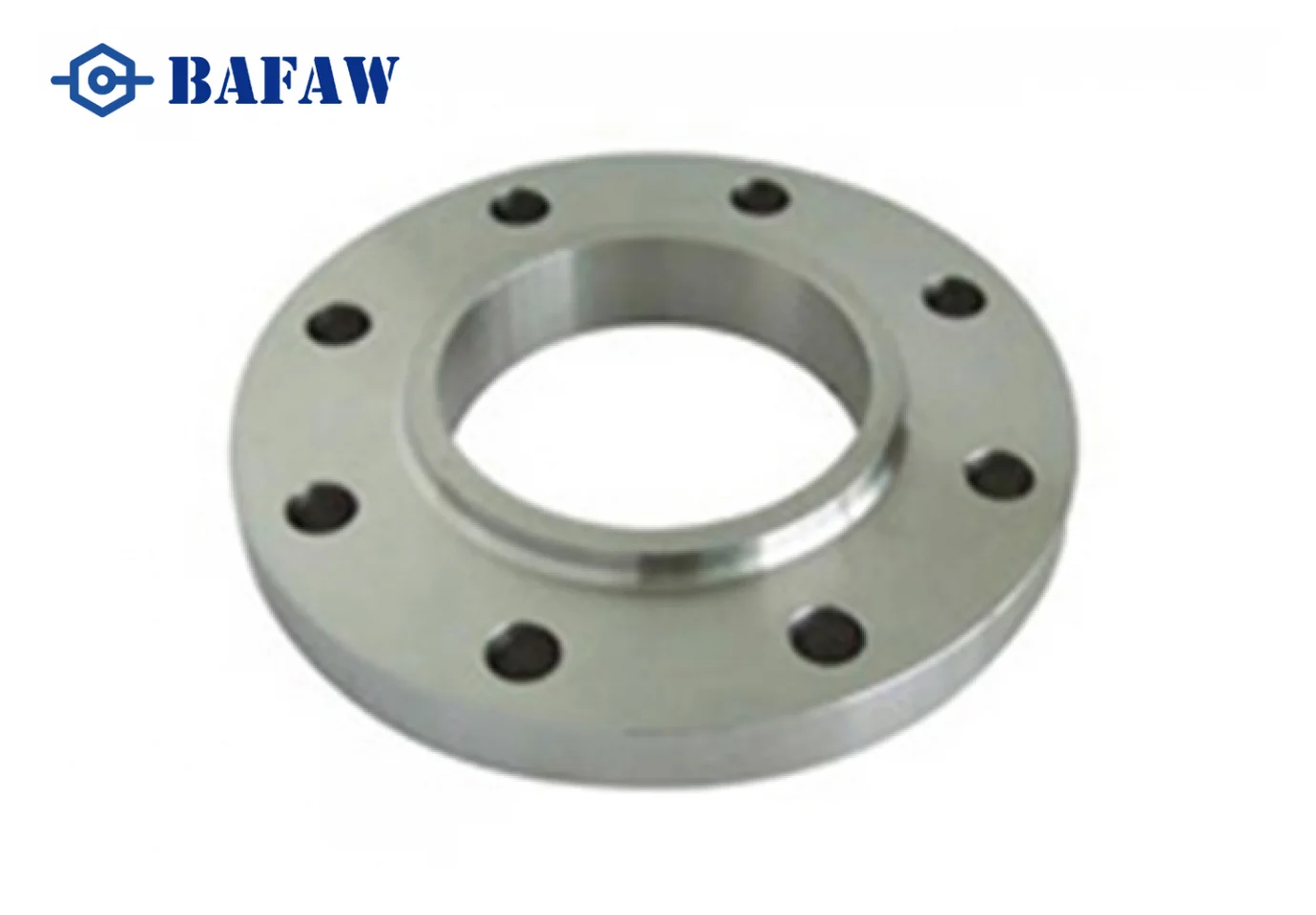
Threaded Flange
Threaded flanges feature internal threads to connect with matching threaded pipes or fittings. They typically have a raised face for improved sealing. Threaded flanges are utilized in low-pressure, non-critical applications, such as plumbing systems, where easy assembly and disassembly are required. Their ease of installation and removal without welding make threaded flanges suitable for temporary or mobile piping systems.
Blind Flange
Blind flanges are solid disks used to close off the ends of piping systems or pressure vessel openings. They may feature a raised face for improved sealing when used as a temporary closure. Blind flanges are employed in piping systems for pressure testing, maintenance, or as permanent closures at the end of piping runs.
Understanding the characteristics and and applications of different types of piping flanges is essential for selecting the most suitable flange for specific piping requirements. Each type of flange offers unique features and benefits, catering to diverse needs across various industries.
For more information about piping flanges and their applications, visit our website.

















